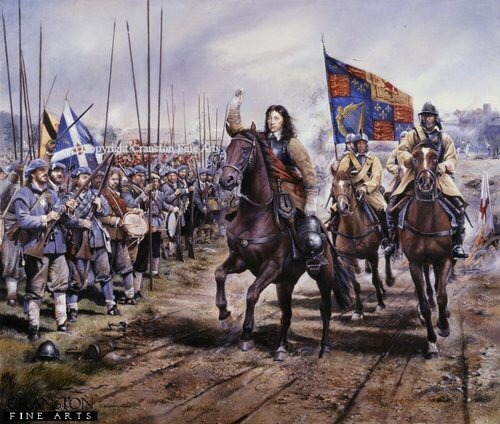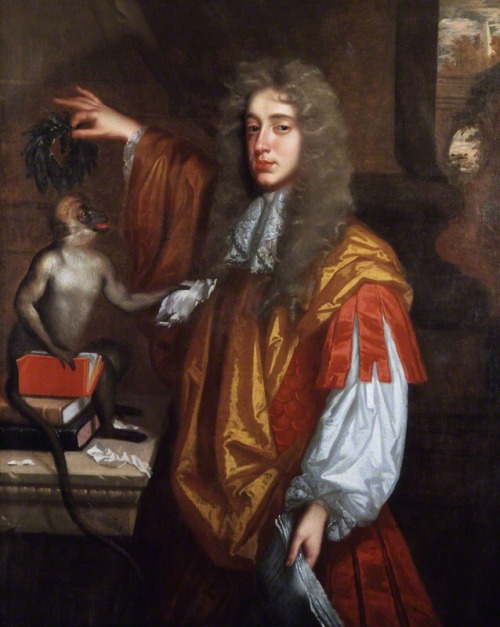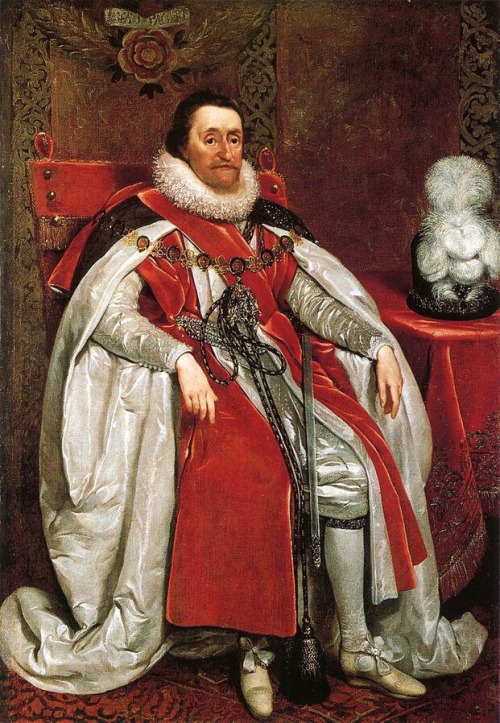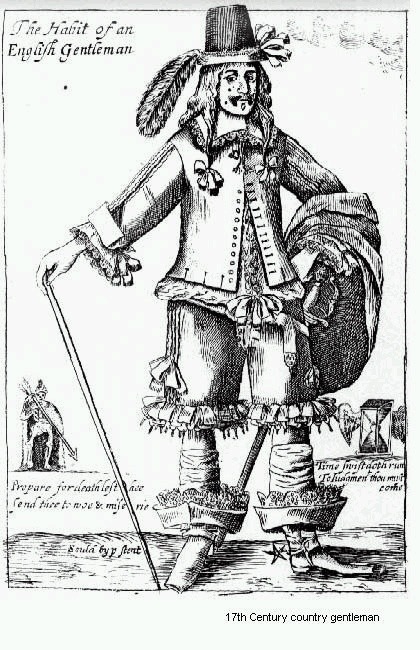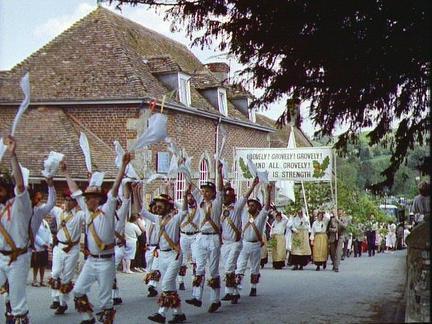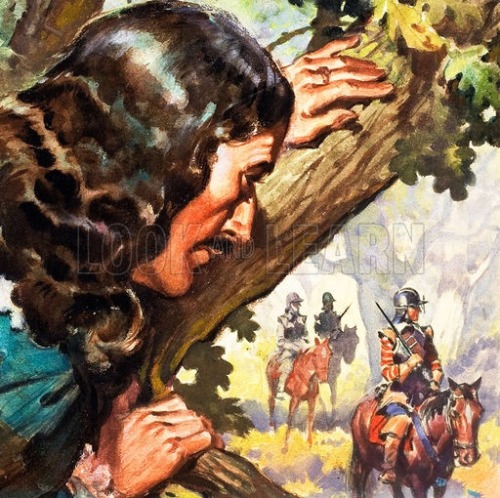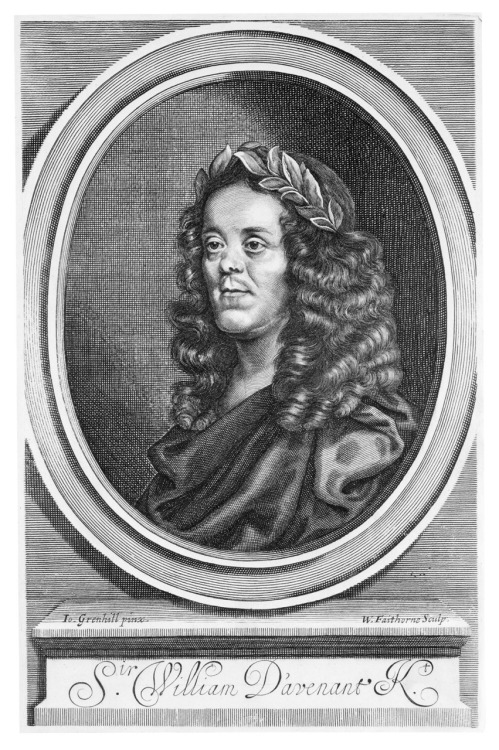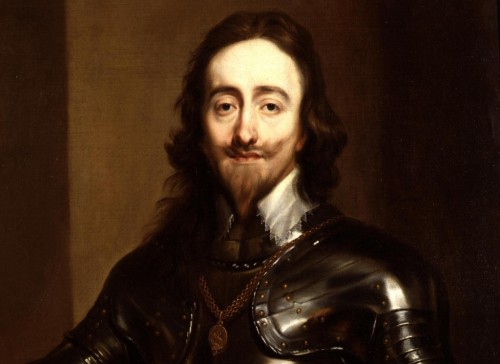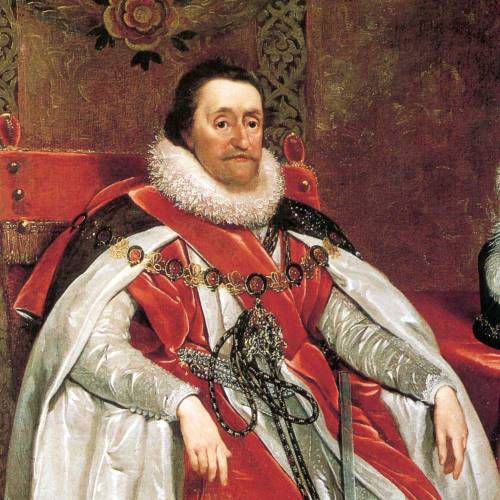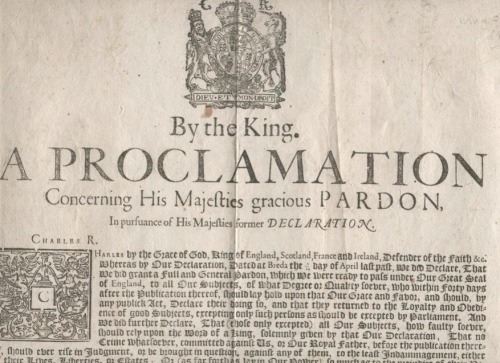#stuarts
FAWKES’ 13
This must be reblogged today.
Letter sent to William Parker, 4th Baron Monteagle, warning him to stay away from parliament on the day of the Gunpowder Plot.
“My lord, out of the love I have for some of your friends, I want to make sure you are safe. Because of this I would advise you to not attend this sitting of parliament because God and man have agreed to punish the wickedness of this time. Do not think this is a joke, go to your estate in the country where you will be safe, because although there is no sign of any problem yet, this parliament will receive a terrible blow, but they will not see who it is that hurts them. This advice should not be ignored as it may do you some good, and it can do you no harm because the danger will have passed as soon as you have burned this letter. I hope God grants you the grace to make good use of it, and that he protects you.”
Post link
John Wilmot 2nd Earl of Rochester, poet, libertine and member of Charles II “Merry Gang” died on this day in 1680 aged just 33.
Post link
James VI of Scotland succeeded to the English throne as James I on the death of Elizabeth and was crowned in Westminster Abbey on this date in 1603, uniting the two kingdoms.
Post link
Slip ware dish commemorating Charles II famous escape from the Roundheads in 1651 By William Talor 1680-85
Estimated to be worth £45,000-60,000, it depicts the moment in the English Civil War when the 21 year old Charles II hid in a huge oak tree in Boscobel House, Shropshire to escape the attentions of marauding Roundheads. He had been soundly beaten the day before at the Battle of Worcester on 3 September 1651 by Cromwell’s New Model Army and remained perched in the tree for several hours until the danger passed. With the Civil War effectively over, Charles gave up the struggle to regain the throne and escaped to mainland Europe where he lived until the Restoration of the Monarchy in 1660.
The tale of the Royal Oak gripped the public imagination and Pepys recorded in his diary that the King has related it to him personally. The dish was made by William Talor in the early 1680s and is only one of four dishes by the potter on this theme to have survived.
Post link
↳ 29 May 1660 AD ‘Oak Apple Day’ - Restoration of the monarchy in England. From Pepys diary “Parliament had ordered the 29th May, the King’s birthday, to be for ever kept as a day of thanksgiving for our redemption from tyranny and the King’s return to his Government, he entering London that day.”
Post link
Oak Apple Day
Oak Apple Day or Royal Oak Day was a holiday celebrated in England on 29 May to commemorate the restoration of the English monarchy, in May 1660. In some parts of the country, the day was also known as Shick Shack Day, Oak and Nettle Day or Arbor Tree Day.
In 1660, Parliament declared 29 May a public holiday:
“Resolved, That a Bill be prepared for keeping of a perpetual Anniversary, for a Day of Thanksgiving to God, for the great Blessing and Mercy he hath been graciously pleased to vouchsafe to the People of these Kingdoms, after their manifold and grievous Sufferings, in the Restoration of his Majesty, with Safety, to his People and Kingdoms: And that the Nine-and-twentieth Day of May, in every Year, being the Birth Day of his Sacred Majesty, and the Day of his Majesty’s Return to his Parliament, be yearly set apart for that Purpose…” , -Journal of the House of Commons: volume 8: 1660-1667
The public holiday, Oak Apple Day, was formally abolished in 1859, but the date retains some significance in local or institutional customs. It is, for example, kept as Founder’s Day in the Royal Hospital Chelsea (founded by Charles II in 1681). During the course of the day the statue of Charles II in Figure Court is partly shrouded in oak leaves, and all participants in the Parade and spectators wear sprigs of oak leaves to commemorate the King’s escape from forces after the Battle of Worcester in 1651. The statue was re-gilded in 2002 to commemorate the Golden Jubilee of Queen Elizabeth II.
Traditional celebrations to commemorate the Oak Apple Day often entailed the wearing of oak apples (a type of plant gall, possibly known in some parts of the country as a shick-shack) or sprigs of oak leaves, in reference to the occasion after the Battle of Worcester in September 1651, when the future Charles II of England escaped the Roundhead army by hiding in an oak tree near Boscobel House. Anyone who failed to wear a sprig of oak risked being pelted with bird’s eggs or thrashed with nettles.
These ceremonies, which have now largely died out, are perhaps continuations of pre-Christian nature worship. The Garland King who rides through the streets of Castleton, Derbyshire, at the head of a procession, completely disguised in a garland of flowers, which is later affixed to a pinnacle on the parish church tower, can have little connection with the Restoration, even though he dresses in Stuart costume. He is perhaps a kind of Jack in the Green and the custom may have transferred from May Day when such celebrations were permitted again after having been banned by the Puritans.
Events still take place at Upton-upon-Severn, Northampton, Aston on Clun in Shropshire, Marsh Gibbon in Buckinghamshire, Great Wishford in Wiltshire when villagers gather wood in Grovely Wood, and Membury in Devon. The day is generally marked by re-enactment activities at Moseley Old Hall, one of the houses where Charles II hid in 1651.
At some Oxford and Cambridge halls a toast is still drunk to celebrate Oak Apple Day.
Post link
↳ 11 May 1625 AD - Henrietta Maria of France is married, by proxy, to King Charles I of England (the Duke of Buckingham stands in for the bridegroom).
Post link
‘The Works of Sir William Davenant’, frontispiece, printed by TN for Henry Herringman, London, 1673.
In 1656, when Cromwell who opposed theatrical performances was still in power, William Davenant succeeded in producing ‘The Siege of Rhodes’ in his home in an all-sung version. He staged it with moveable scenery arranged in perspective, which was to prove highly influential.
According to legend, Davenant was the illegitimate son of William Shakespeare. He contributed to the last of the Stuart masques and was a fervent Royalist. After Charles II was restored to the throne in 1660, Davenant and Thomas Killigrew were granted royal patents, which gave them virtual monopoly over presenting drama in London. These monopolies were not revoked until the 19th century.
Post link
“Hi, I would like to show you a 17c miniature in a silver locket I have. if you are interested send me your email and I will send you the image. I would be curious to know if you think it’s Charles II. Kind regards, David”
Hi David,I don’t think this is Charles II, but he does look familiar.
Does anyone have any ideas?Post link
March 27th 1625: Charles I becomes King
On this day in 1625, Charles I became King of England, Scotland and Ireland. He succeeded to the throne upon the death of his father King James I. Charles and his father believed in the divine right of kings to absolute rule. This caused Charles’s struggle for power with Parliament and resentment among his subjects for his seemingly tyrannical actions like taxing without the consent of Parliament and interfering with churches. The English Civil War broke out in the last years of his reign, which pitted the crown against Parliament. Charles was captured by the Parliamentarians and executed for high treason in 1649. The monarchy was then abolished but returned in 1660 with Charles’s son in power.
Post link
By the King, Charles II
A Proclamation concerning His Majesties gracious Pardon in pursuance of His Majesties former Declaration dated June 15th 1660.
The crucial Proclamation of the Restoration – Charles had agreed to Parliament’s requirement that he should offer a pardon to all those who had fought against the Royalist cause in the Civil War but only as long as they declared their allegiance to the restored Monarchy.
Post link
Prince Rupert and his dog Boye
From the 1st English Civil War pamphlet “The Cruel Practices of Prince Rupert” (1643)
Post link



